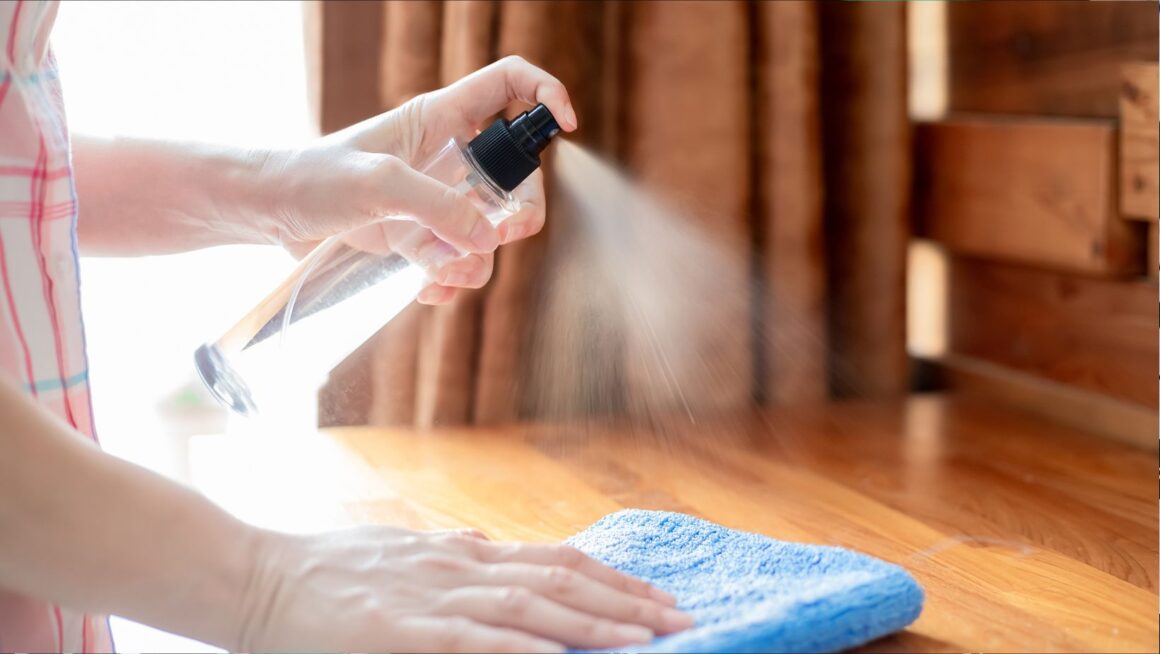In today’s world, where we spend much of our time indoors, maintaining a clean and healthy environment is more crucial than ever. Indoor sanitation goes beyond just keeping surfaces spotless; it involves a comprehensive approach to ensure that the air we breathe, the objects we touch, and the spaces we inhabit are clean and free from harmful contaminants. This not only promotes good health but also enhances our living conditions by creating more inviting and comfortable spaces. Here are some of the best practices for indoor sanitation, designed to clear the air and elevate the quality of our indoor environments.
Understanding Indoor Air Quality
Indoor air quality is affected by various factors, including ventilation, the presence of volatile organic compounds (VOCs), dust, and microbial contaminants. Poor air quality can lead to respiratory problems, allergies, and even affect cognitive functions. 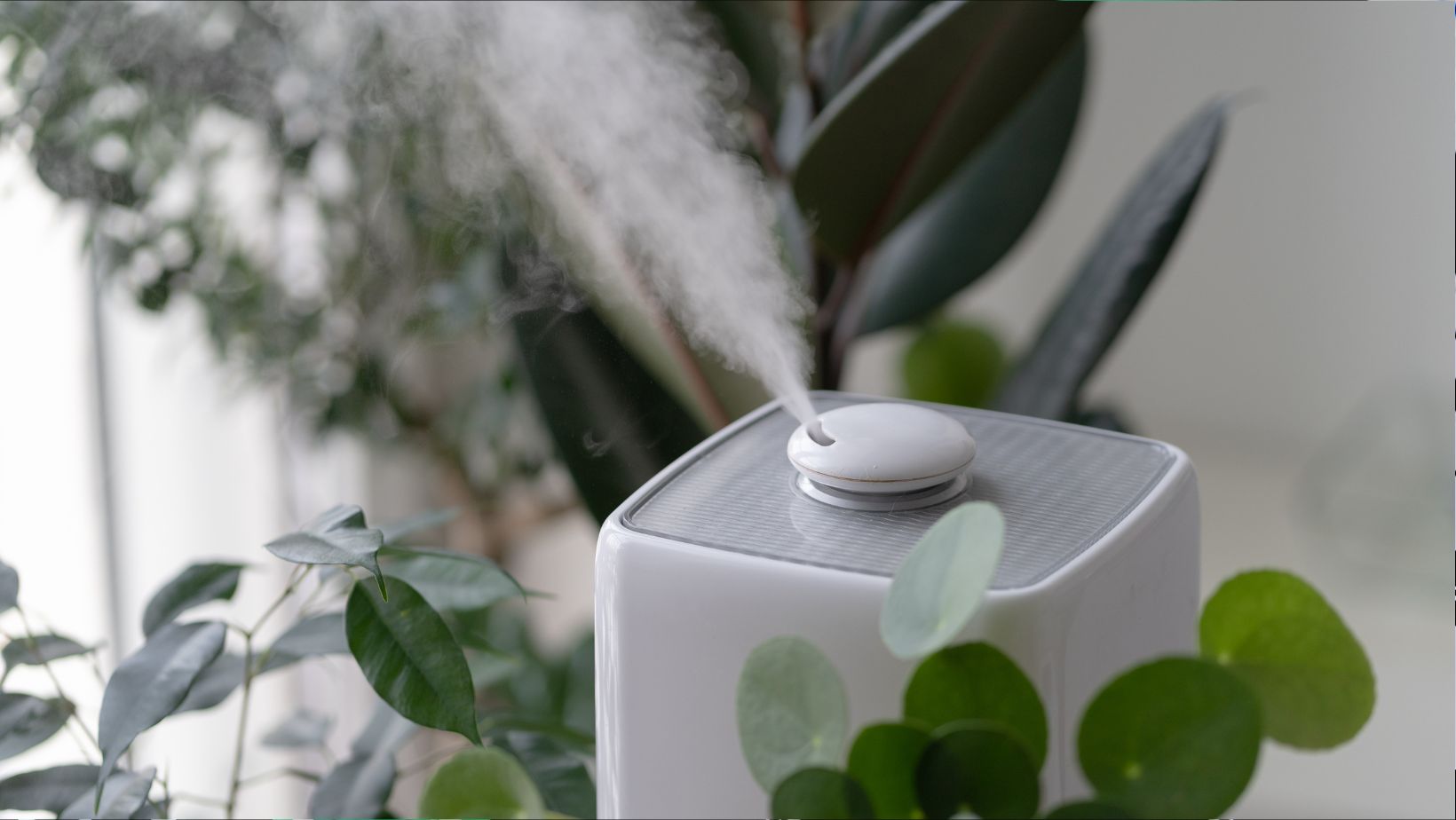 Thus, understanding and controlling the quality of air in indoor spaces is the first critical step in indoor sanitation.
Thus, understanding and controlling the quality of air in indoor spaces is the first critical step in indoor sanitation.
Regular ventilation is perhaps the simplest yet most effective way to improve indoor air quality. Opening windows and doors allows fresh air to circulate and dilute accumulated pollutants. However, in areas where outdoor air quality may be poor or during extreme weather conditions, mechanical ventilation systems become essential. These systems, especially those with HEPA filters, can significantly reduce the concentration of airborne contaminants.
Hygiene Services and Routine Cleaning
Professional hygiene services play a pivotal role in maintaining high standards of cleanliness, especially in larger or public spaces. They provide specialized cleaning that targets areas often overlooked in routine cleaning, ensuring a thorough sanitization of the indoor environment.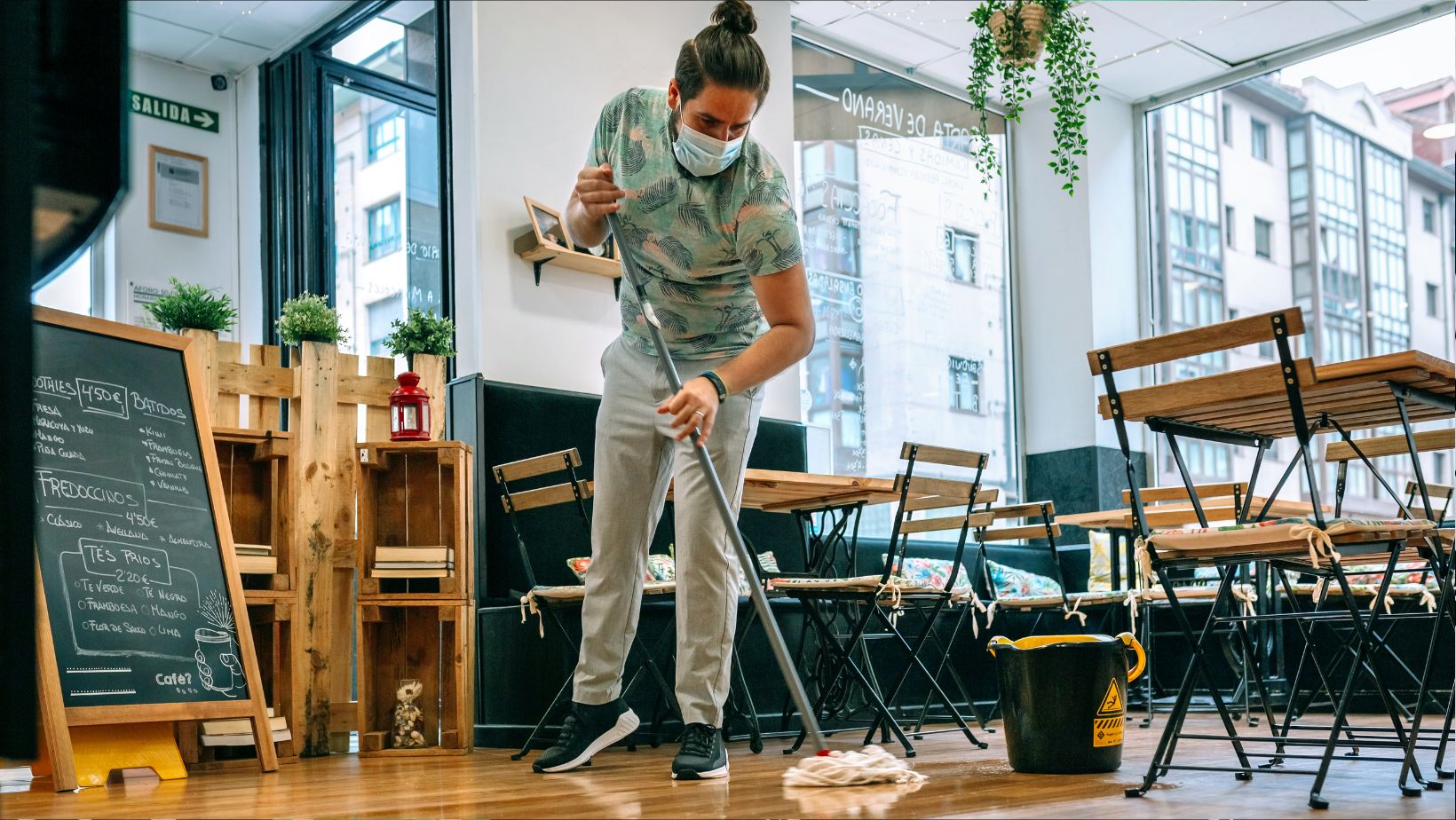 Employing such services can be particularly beneficial in workplaces, schools, and healthcare facilities where the risk of spreading infections is higher.
Employing such services can be particularly beneficial in workplaces, schools, and healthcare facilities where the risk of spreading infections is higher.
Routine cleaning is the cornerstone of effective indoor sanitation. It involves regular dusting, vacuuming, and wiping down of surfaces to remove dust, allergens, and pathogens. When cleaning, it’s important to use the right products. Microfiber cloths are excellent for trapping dirt and reducing the spread of dust particles. For floor cleaning, vacuums with HEPA filters are preferable as they can capture finer particles without releasing them back into the air.
Disinfection Practices
Disinfecting surfaces is crucial in areas where germs are likely to spread, such as kitchens and bathrooms. It’s important to differentiate between cleaning and disinfecting: cleaning removes dirt and impurities, while disinfecting kills pathogens. 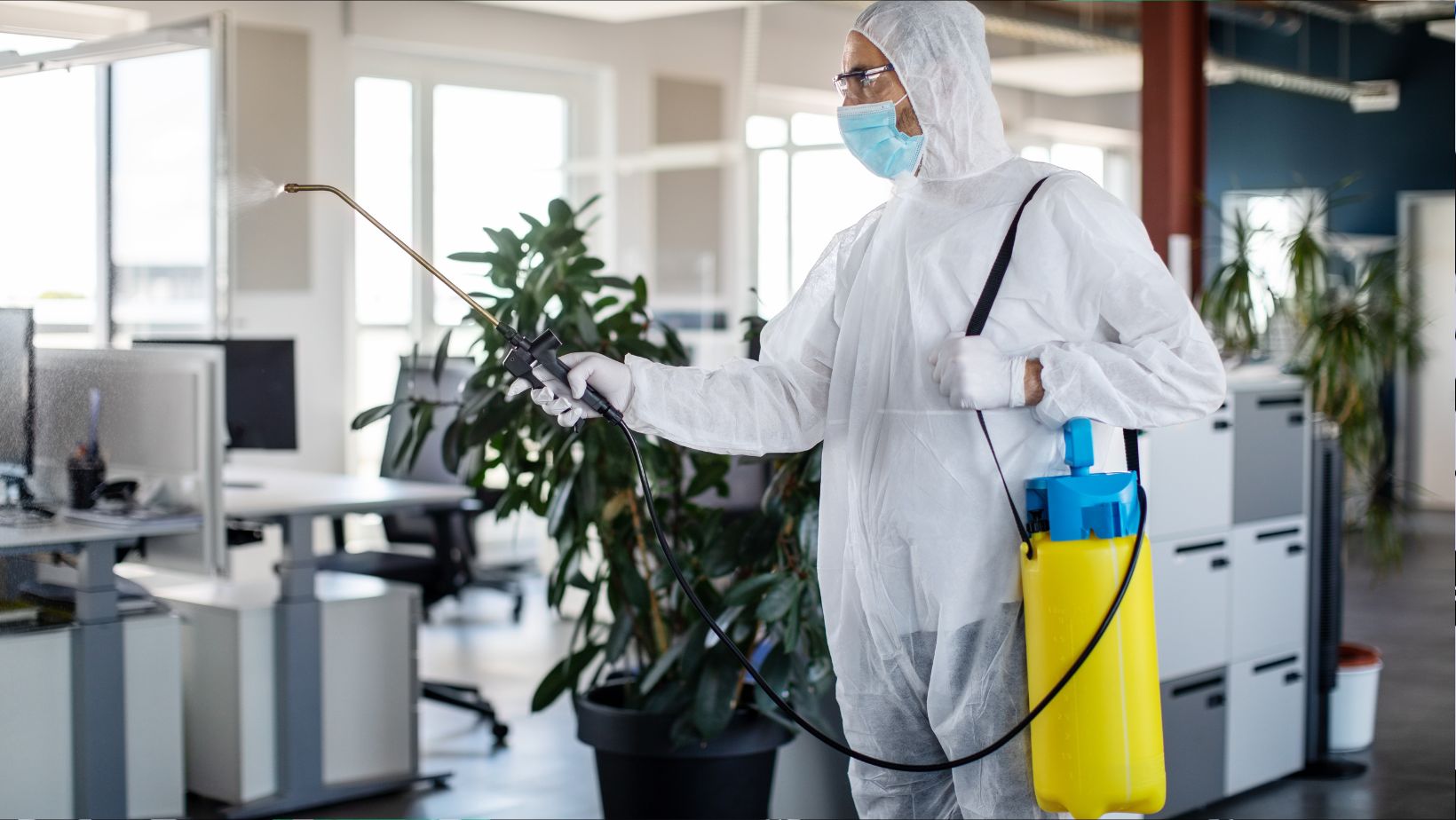 Use EPA-approved disinfectants and follow the manufacturer’s instructions for application and proper contact time to ensure effectiveness.
Use EPA-approved disinfectants and follow the manufacturer’s instructions for application and proper contact time to ensure effectiveness.
In addition to regular disinfection, consider the use of ultraviolet (UV) light devices, which can kill bacteria and viruses in the air and on surfaces. These devices can be used in various settings, including homes, offices, and clinics, to enhance indoor sanitation efforts.
Managing Humidity and Mold
Humidityplays a significant role in indoor air quality. High humidity can foster mold growth and increase the presence of dust mites and other allergens. To manage humidity, use dehumidifiers or air conditioners, maintaining indoor humidity levels at 30-50%. Regularly check areas prone to moisture, like bathrooms and kitchens, and address any signs of mold promptly to prevent its spread.
Incorporating Plants and Natural Elements
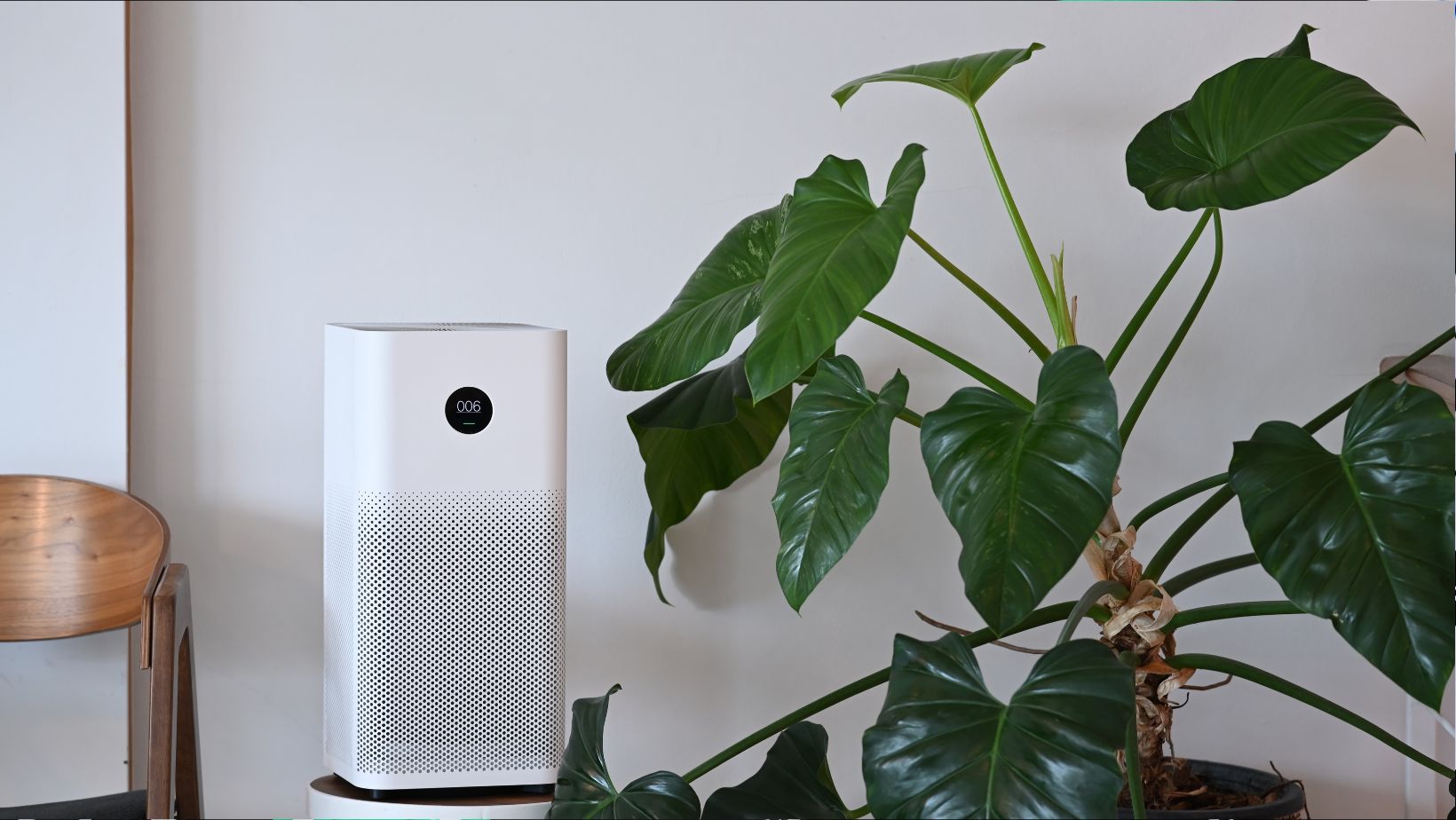 Indoor plants can contribute to better indoor air quality by absorbing certain pollutants and emitting oxygen. However, it’s essential to choose the right plants and maintain them properly to avoid issues like mold growth from overwatering. Spider plants, snake plants, and peace lilies are excellent choices for improving indoor air quality and are easy to maintain.
Indoor plants can contribute to better indoor air quality by absorbing certain pollutants and emitting oxygen. However, it’s essential to choose the right plants and maintain them properly to avoid issues like mold growth from overwatering. Spider plants, snake plants, and peace lilies are excellent choices for improving indoor air quality and are easy to maintain.
Educating and Engaging Occupants
Awareness and cooperation from all occupants are essential for maintaining indoor sanitation. Educating people about the importance of personal hygiene, such as regular handwashing and responsible sickness etiquette (like coughing into one’s elbow), can significantly reduce the spread of pathogens. Additionally, encouraging the community or household to participate in cleanliness drives or maintenance days can foster a collective responsibility towards a cleaner, healthier indoor environment.
Regular Assessments and Improvements
Finally, regular assessment of indoor sanitation practices helps identify areas for improvement. This might include checking air quality, reviewing cleaning routines, or upgrading equipment like air filters and vacuum cleaners.  Continuous improvement will adapt your sanitation practices to changing conditions and new health standards.
Continuous improvement will adapt your sanitation practices to changing conditions and new health standards.
To summarise, maintaining high standards of indoor sanitation requires a multi-faceted approach that includes managing air quality, routine cleaning and disinfecting, controlling humidity, and engaging occupants. By implementing these best practices, you can ensure that your indoor environments are not only clean but also conducive to health and well-being. Remember, a clean indoor environment is a collective effort that benefits everyone who shares the space.

